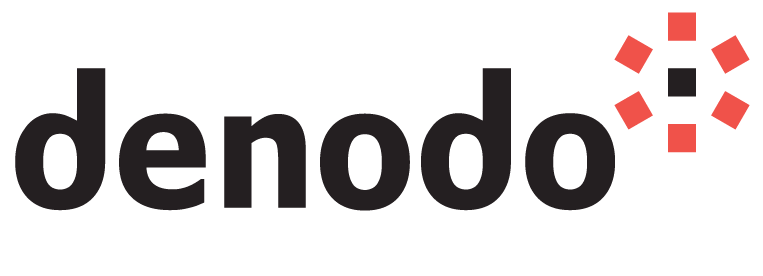Semantic Layers and Federating Data
At Bronson, we understand the power of data and its pivotal role in driving informed business decisions. Our commitment is to empower organizations with seamless access to disparate data sources through cutting-edge data solutions.
Do you need a a semantic layer, or a cached database across different datasets, or just real time federation of data on demand? We can help you decide. Experience a new era of data accessibility, integration, and intelligence.
Semantic Layers and Federating Data
At Bronson, we understand the power of data and its pivotal role in driving informed business decisions. Our commitment is to empower organizations with seamless access to disparate data sources through cutting-edge data solutions.
Do you need a a semantic layer, or a cached database across different datasets, or just real time federation of data on demand? We can help you decide. Experience a new era of data accessibility, integration, and intelligence.
What is a Semantic Layer versus Data Federation?
A semantic layer and data federation are both concepts related to data management and integration, but they serve different purposes and operate at different levels of the data architecture. Understanding their differences is key to leveraging them effectively in data analytics and business intelligence (BI) projects.
Semantic Layer
A semantic layer is an abstraction layer that provides a business-relevant representation of the data in a database or data warehouse. It translates complex data structures into terms that are understandable by end-users, such as business analysts, without requiring them to know SQL or the underlying database schema.
Purpose: The main goal of a semantic layer is to simplify data access for BI tools and end-users, enabling them to create reports and dashboards using business terminology. It acts as a bridge between the raw, technical data and the business view of the data.
Components: It typically includes business terms, metrics, dimensions, and data models that represent the underlying data in a more user-friendly way. It might also include calculated fields, aggregations, and relationships between different data entities.
Implementation: A semantic layer is often implemented within BI tools or data visualization platforms. It can be part of a specific tool or provided as a standalone layer that multiple BI tools can access.
Usage: It is primarily used by business users and analysts who need to interact with data without deep technical knowledge of the data sources. It allows them to perform ad-hoc queries, generate reports, and analyze data using familiar business concepts.
Learn more about how a semantic layer can unlock insights from data from our partners at Klipfolio.
Data Federation
Data federation is a data integration approach that provides a unified view of data from multiple, disparate sources without the need to physically move or replicate the data. It allows querying and aggregation of data across these sources in real time.
Purpose: The main goal of data federation is to allow access to and integration of data from various sources as if it were all contained within a single database. It is used to create a virtual database that provides a consolidated view across different systems.
Components: Data federation involves middleware or data virtualization tools that can query, aggregate, and present data from multiple sources. It handles data integration, transformation, and delivery on the fly.
Implementation: Data federation is implemented through data virtualization platforms or federation engines that sit between the data consumers (such as BI tools) and the data sources. These platforms translate queries from the BI tools into the appropriate queries for each underlying data source.
Usage: It is used in scenarios where data needs to be accessed from multiple sources in real-time without the overhead of ETL processes and data warehousing. It is particularly useful in environments with heterogeneous data sources and for organizations that require a flexible, agile approach to data integration.
In summary, both techniques enable:
Real-time access.
Ability to query data from the source.
Ability to scale a growing volume of data.
Minimized maintenance costs.
Key Differences
So, how do these options differ?
The semantic layer and data federation serve distinct purposes in data management: the semantic layer simplifies data access by translating complex data structures into business-friendly terms, enabling end-users to easily interact with data through BI tools without needing deep technical knowledge. In contrast, data federation focuses on integrating disparate data sources, providing a unified, real-time view of data across multiple systems without physically consolidating it. While the semantic layer operates at a higher level of abstraction to bridge the gap between technical data and business insights, data federation works at a lower level to seamlessly connect and query across different data repositories, primarily managed by IT professionals. These two concepts complement each other in a comprehensive data strategy, with the semantic layer enhancing user accessibility and data federation ensuring agile, integrated data infrastructure.
How Will Advancements in Technology Impact the Approach?
Trends in consolidating data
Advancements in technology will play a crucial role in shaping the future of accessing and consolidating data sets. The integration of data with edge computing technologies can bring data processing closer to the source, reducing latency and facilitating real-time analytics at the edge. The integration of machine learning algorithms within data and AI platforms can enhance query optimization, automate schema mapping, and improve data source discovery. Machine learning can also be leveraged for predictive analytics, enabling better insights and decision-making. Blockchain technology can be integrated into these systems to enhance data integrity and trust.
However, continuous advancements in data security, including encryption, access controls, and secure authentication mechanisms, will be critical for maintaining the confidentiality and integrity of data, especially as privacy regulations evolve.
Data Privacy and Security Implications
ACCESS CONTROLS & AUTHORIZATION
Both techniques involve accessing and querying data from multiple sources. Ensuring proper access controls and authorization mechanisms is crucial to prevent unauthorized access to sensitive information.
Implement robust access controls based on user roles and responsibilities. Authenticate and authorize users before allowing them to access federated data.
DATA ENCRYPTION
During the transmission of queries and results between the data repositories and underlying data sources, there’s a risk of interception. Unencrypted data transmission may expose sensitive information.
Implement secure communication protocols such as TLS/SSL to encrypt data in transit. This ensures that data remains confidential during transmission.
DATA MASKING
Federating data from various sources may involve dealing with personally identifiable information (PII). Failing to mask or anonymize PII poses privacy risks.
Apply data masking and anonymization techniques to protect PII and other sensitive information. Ensure that only authorized users can access the unmasked data.
The Government of Canada has created a Guidance on Preparing Information Sharing Agreements Involving Personal Information of which Bronson can help your organization to adhere.
AUDITING & LOGGING
Tracking who accesses the data and what actions they perform is essential for auditing and accountability. Inadequate auditing may lead to difficulties in identifying security incidents or unauthorized access.
Implement comprehensive logging and auditing mechanisms. Keep detailed records of user activities, queries, and system events for security analysis and compliance purposes.
DATA GOVERNANCE
Retrieving data collected from different sources will likely require consent for specific uses. Lack of data governance can lead to non-compliance with privacy regulations.
Establish clear data governance policies, including obtaining and documenting consent when necessary. Ensure that data usage aligns with regulatory requirements and organizational policies. Organization level MoU’s maybe required.
Bronson offers a full range of Data Governance and Quality services.
Key Architectural Components
Data Virtualization Layer
The core of a semantic or federated system is the data virtualization layer and method. This layer abstracts the underlying complexities of diverse data sources, providing a unified interface for querying and accessing data. It facilitates the integration of data from multiple sources without physically moving or replicating it. Data virtualization incorporates machine learning and artificial intelligence techniques to enhance the performance and optimization of retrieving and analysing your data.
Learn more about data virtualization from our partners at Denodo.
Federated Query Engine
The federated query engine processes queries across different data sources. It is responsible for optimizing queries, translating them into the appropriate syntax for each source, and coordinating the retrieval and aggregation of results. This component ensures efficient query execution and performance.
Schema Mapping and Transformation – the power of the semantic layer
Schema mapping and transformation components standardize and harmonize the data structure across various sources. Since different sources may have different schemas, these components ensure that the data is presented in a consistent format, allowing for a unified view.
Connector Modules
Connector modules establish connections to various types of data sources, such as databases, cloud services, APIs, and more. These modules understand the specific protocols and APIs of each source, enabling the data federation system to interact seamlessly with diverse data repositories.
Monitoring and Logging
Monitoring and logging components provide visibility into the system’s performance, query execution times, and potential issues. This aids administrators in optimizing the system, identifying bottlenecks, and ensuring the overall health of the data federation environment.
Use Cases
These approaches to integrating and accessing data from disparate sources and even organizations, find applications across all industries. Here are some industries where these techniques are commonly used:
Government
Government agencies often have diverse datasets distributed across different departments. MoU’s and data sharing methods help create a holistic view of information, supporting public service delivery, policy-making, and regulatory compliance.
Finance
Financial institutions often have diverse systems and databases for customer information, transactions, and risk management. Managing these data sets centrally helps create a unified view for better decision-making, compliance, and fraud detection.
Manufacturing
Manufacturing companies deal with data from various sources, including production lines, supply chains, and quality control systems. Data federation or semantic layers aid in consolidating and analyzing this data for better production efficiency and decision-making.
Healthcare
In the healthcare sector, patient records, lab results, and medical imaging data may be stored in different systems. Bringing these data sets together – as if they were one – enables healthcare professionals to access a comprehensive view of patient information for improved diagnosis and treatment.
Retail and E-Commerce
Retailers use data federation to integrate data from multiple channels, such as online sales, in-store transactions, and inventory systems. This unified view helps optimize supply chain management, enhance customer experience, and support data-driven marketing.
Energy
In the energy sector, combining data from various sources such as sensors, grids, and maintenance records can create powerful business insights. Everything from investment decisions to operational monitoring and predictive maintenance decisions can stem from bringing data sets together intelligently.
































